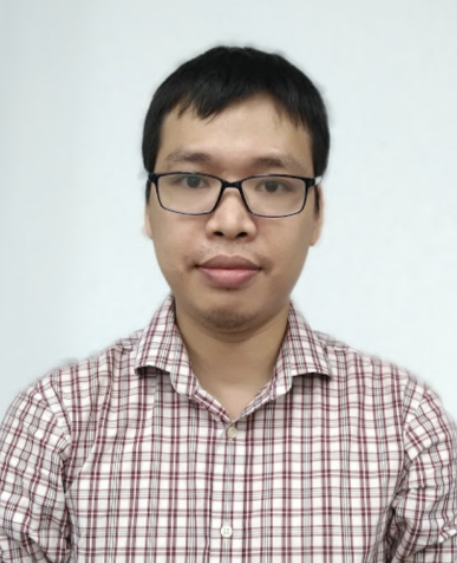
Seminars
October 30, 2018: Dr. Luu Manh Ha (AVITECH), Quantification of nonrigid liver deformation in radiofrequency ablation interventions using image registration
Multimodal image fusion for image guidance in minimally invasive liver interventions generally requires the registration of pre-operatively acquired images with interventional images of the patient. Whereas rigid registration approaches are fast and can be used in an interventional setting, the actual liver deformation may be nonrigid. The purpose of this paper is to assess the magnitude of nonrigid deformation of the liver between pre-operative and interventional CT images in the case of tumor ablations, over the full liver and over parts of the liver that match the volumes typically imaged by a 3D ultrasound transducer. We acquired 3D abdominal CT scans of 38 patients that had undergone the radiofrequency ablation of liver tumors, pre-operative CT images as well as intraoperative CT images. To determine the magnitude of liver deformation due to pose changes and respiration, we nonrigidly registered the pre-operative CT scan with the intraoperative CT scan. By fitting the deformation to a rigid transformation in the region of interest and computing the residual displacements, the nonrigid deformation part can be quantified. We performed quantifications over the complete liver, as well as for two volumes of interest representative of sub-xiphoidal and intercostal 3D ultrasound acquisitions. The results showed that a substantial amount of nonrigid deformation was found, and rotation of the patient’s pose and deep inhalation caused significant liver deformation. Hence we concluded that nonrigid motion correction in the interventions should be taken into account.
Speaker: Dr. Luu Manh Ha, AVITECH
Time: 15:30, Tuesday, October 30, 2018
Venue: E3-707, 144 Xuan Thuy, Cau Giay, Hanoi

Dr. Luu Manh Ha was born in Hanoi, Vietnam, in 1985. He has been working for the VNU University of Engineering and Technology (VNU-UET) of Vietnam National University, Hanoi (VNU) in Vietnam since 2017 as a lecturer and a researcher. He completed his Bachelor program in Faculty of Electronics and telecommunications at VNU-UET in 2007. He continued the work as a researcher and received his MSc degree in Electronic Engineering from VNU-UET in 2010. He finished his PhD in the BIGR group, Erasmus Medical Center, Rotterdam, the Netherlands in 2017. His research scheme is applications of AI and digital signal processing techniques on telemedicine and telehealth, mainly focuses on abdominal images (CT, US) of the liver, biosignal processing, and choromosome image processing.
